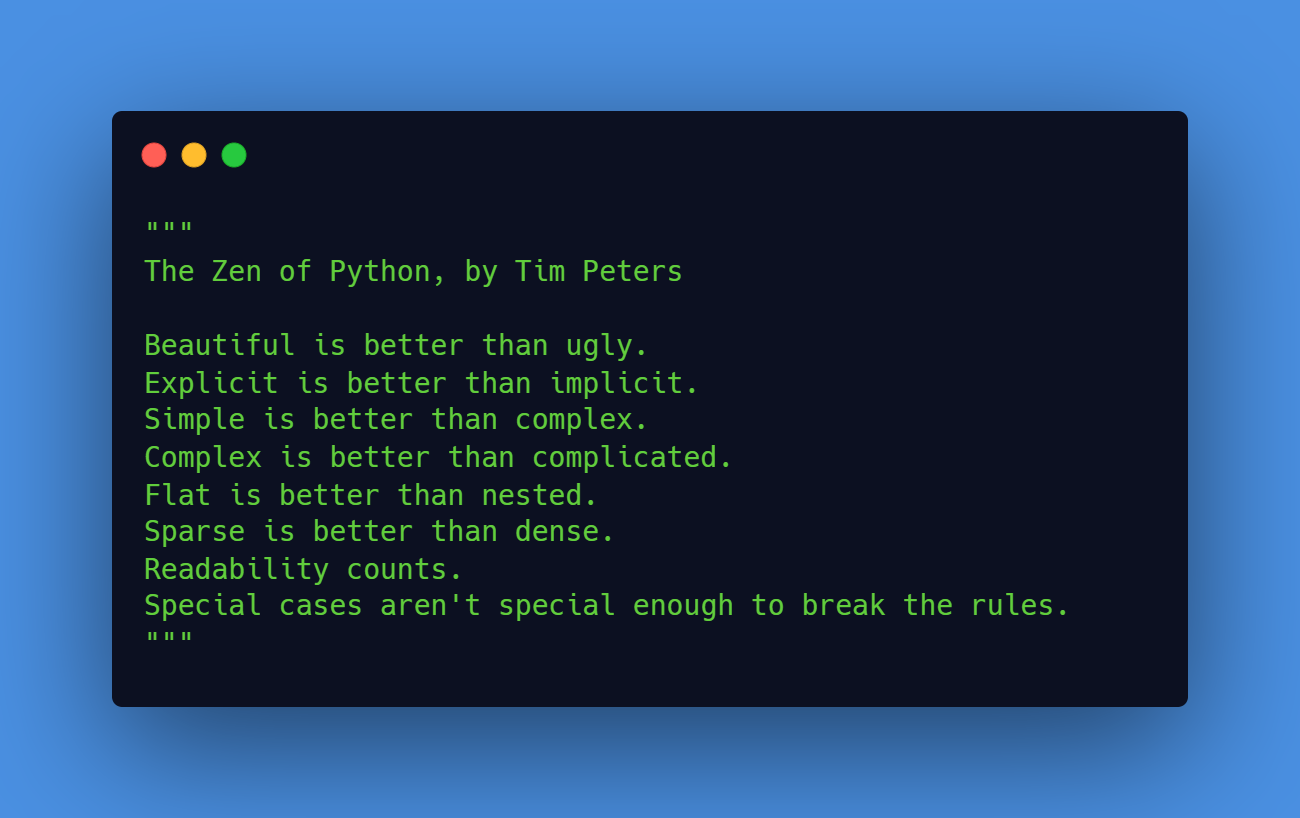Python’s built-in hashlib library provides a convenient way to generate secure hash values using a variety of algorithms, including SHA256. In this article, we’ll take a closer look at what SHA256 is and how it can be used in Python.
What is SHA256?
SHA256 (Secure Hash Algorithm 256-bit) is a cryptographic hash function that produces a fixed-size hash value from an input of any size. It is a one-way function, meaning that it is impossible to recreate the original input from the hash value alone.
SHA256 is widely used for security purposes, such as generating secure passwords and verifying data integrity. It is also used in many cryptocurrency systems, such as Bitcoin, to verify the integrity of transactions.
How to Use SHA256 in Python
Using SHA256 in Python is straightforward with the hashlib library. First, you’ll need to import the hashlib library:
import hashlib
Code language: JavaScript (javascript)Next, you can create a hash object by calling the sha256() function:
hash_object = hashlib.sha256()
To generate the hash value for a given input, you can use the update() method of the hash object and pass it the input as a string:
input_data = "This is the input data"
hash_object.update(input_data.encode())
Code language: JavaScript (javascript)Note that the update() method requires the input to be in bytes, so we need to use the encode() method to convert the string to bytes.
To obtain the hash value, you can use the hexdigest() method of the hash object:
hash_value = hash_object.hexdigest()
The hexdigest() method returns the hash value as a hexadecimal string.
Examples
Here are a few examples of how you can use SHA256 in Python:
Generating a Secure Password Hash
To generate a secure password hash, you can use the following code:
import hashlib
password = "my_password"
# Salt the password to make it more secure
salt = "somesecretstring"
salted_password = password + salt
# Generate the hash
password_hash = hashlib.sha256(salted_password.encode()).hexdigest()
print(password_hash)
Code language: PHP (php)The resulting hash value can be stored in a database and used to verify the password during the login process.
Verifying Data Integrity
To verify the integrity of a file, you can generate a hash value for the file and compare it to a known good hash value. If the two hash values are the same, it means that the file has not been modified.
import hashlib
# Open the file in binary mode
with open("somefile.txt", "rb") as file:
# Read the contents of the file
file_contents = file.read()
# Generate the hash value
file_hash = hashlib.sha256(file_contents).hexdigest()
# Compare the hash value to a known good value
known_good_hash = "a2c5d1e0f2..."
if file_hash == known_good_hash:
print("The file has not been modified")
else:
print("The file has been modified")
Code language: PHP (php)Generating a Hash for Multiple Inputs
You can also use SHA256 to generate a hash value for multiple inputs by updating the hash object multiple times:
import hashlib
hash_object = hashlib.sha256()
input1 = "input1"
input2 = "input2"
input3 = "input3"
hash_object.update(input1.encode())
hash_object.update(input2.encode())
hash_object.update(input3.encode())
hash_value = hash_object.hexdigest()
Code language: JavaScript (javascript)Conclusion
Python’s hashlib library makes it easy to generate secure hash values using the SHA256 algorithm. Whether you need to generate a secure password hash, verify the integrity of data, or generate a hash for multiple inputs, SHA256 is a reliable choice.
For more information on SHA256 and the hashlib library, you can refer to the Python documentation and the Wikipedia page on SHA-2.

Leave a Reply